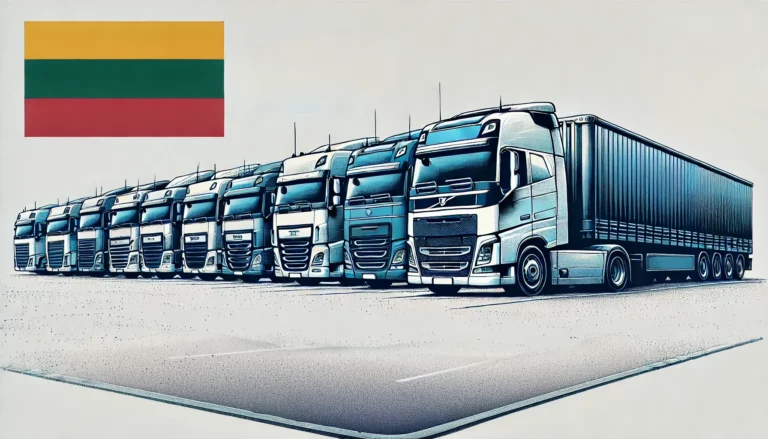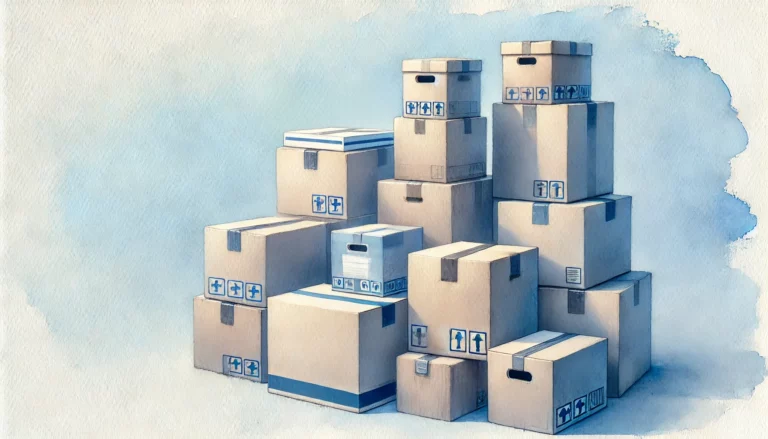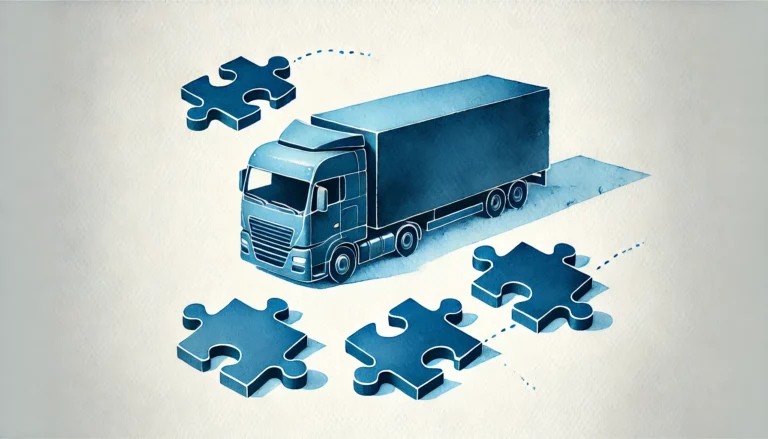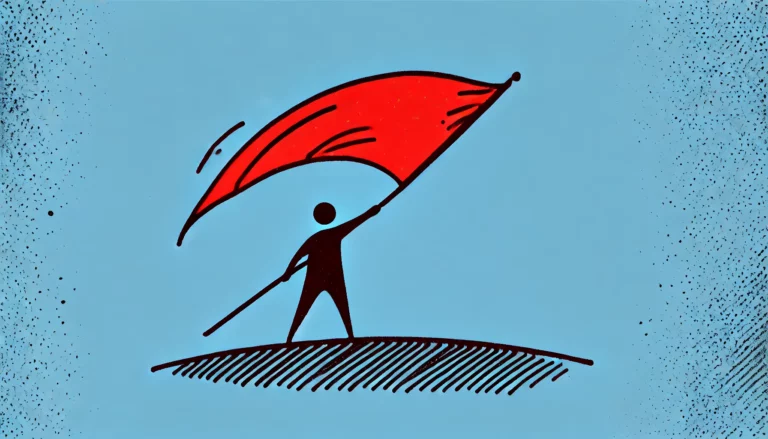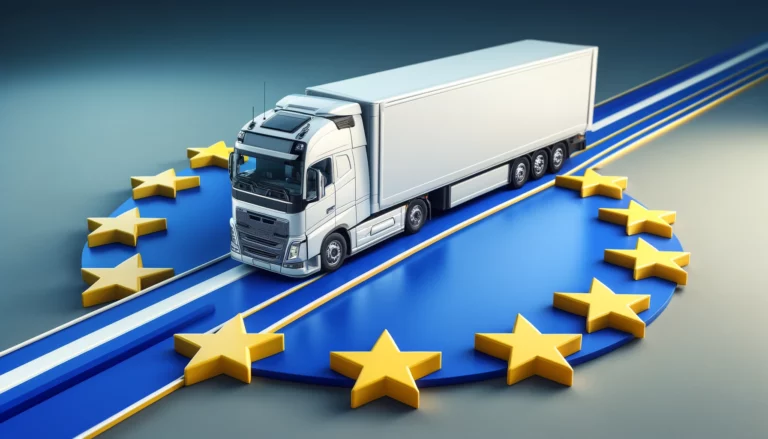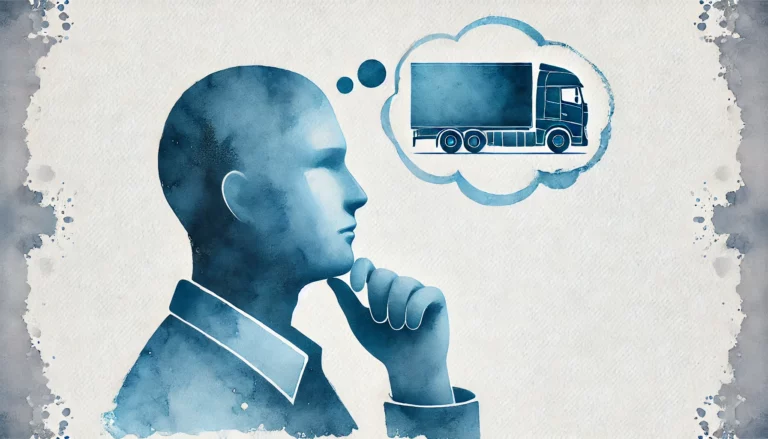Are changes to waste transport permits imminent? Update to European waste codes explained
Last month the European Commission published a delegated decision concerning major changes the European List of Waste. This update focuses on battery-related waste, introducing new waste codes and reclassifying certain battery materials as hazardous. Although the change appears administrative, its implications are far-reaching – especially for companies operating in the waste transport sector. Waste carriers, processors, and regulatory bodies must now adapt to the evolving landscape. The reclassification will render some existing permits and operational documents obsolete. Therefore, companies across the EU must prepare for significant updates to their procedures.
Do you need help with waste transport permits? Contact us:
e.nadolna@ekologistyka24.pl, +48 881 045 376
j.blazewicz@ekologistyka24.pl, +48 500 867 153
Contact our logistics department if you’re looking for waste loads:
Understanding the changes
The updated European List of Waste will include several new entries and revise existing ones for battery waste and by-products of their treatment. These changes are designed to align with the evolving EU regulatory framework, particularly the new EU Battery Regulation.
For example, as indicated in the annex to the delegated decision:
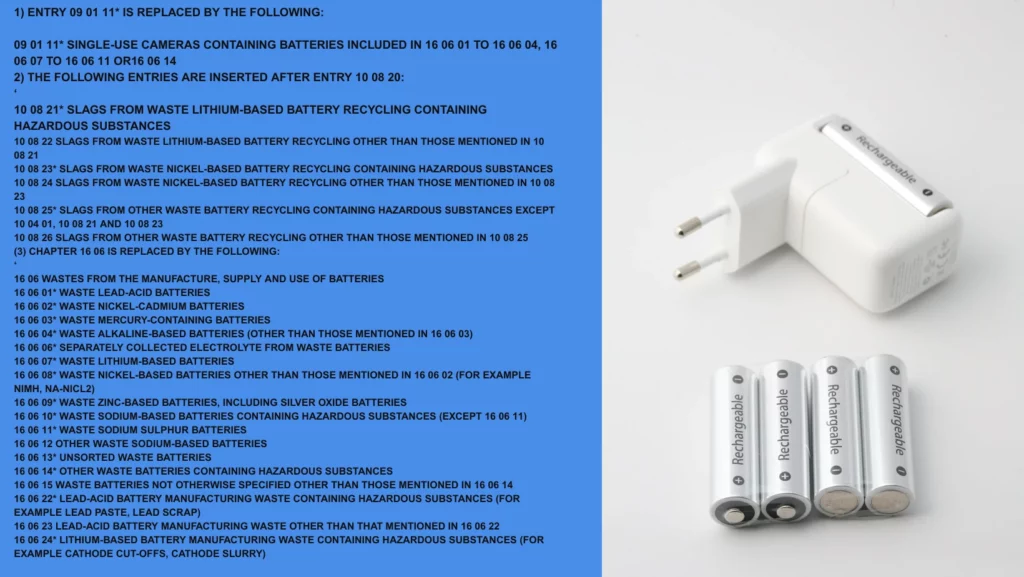
The goal is to ensure improved traceability, control, and recovery of critical raw materials like lithium, cobalt, and nickel – while addressing safety and environmental risks related to their transport and treatment.
Implications for the waste carriers
The most direct impact of the LoW amendment falls on waste carriers. Many of them hold permits referencing outdated waste codes. Once the new list becomes binding, those permits will no longer be valid for newly classified waste streams. Without updates, carriers risk operating outside their authorization.
As highlighted in the European Commission’s impact assessment, “the lack of proper waste classification can lead to improper treatment, safety risks during transport, and inadequate tracking of hazardous materials”. As waste codes define everything from storage and handling to cross-border shipment procedures, this change touches every part of the logistics chain.
Industry feedback highlights the scale of the change
The proposal received substantial public and industry feedback. Many organizations recognized the necessity of improved classification but warned about implementation challenges.
EuRIC, the European Recycling Industries’ Confederation, expressed:
“(…) we (…) fear that the proposed changes will have significant impact on collection and storage facilities, and on battery logistics and recycling operators that do not currently have a waste permit allowing them to receive, transport and treat hazardous waste. Additionally, the large number of new codes is impractical considering the scale at which recycling facilities need to operate and the fact that all permits of the companies that generate, transport, store and treat these materials will need to be adjusted”.
They added that without a clear transitional phase, there is a real risk of legal uncertainty:
“For this reason, we consider essential to ensure a 36-month transition period, to allow both authorities and waste operators sufficient time to adopt and implement updates to the permits of facilities currently performing battery recycling”.
RECHARGE, representing the advanced rechargeable and lithium battery value chain, supported the changes:
“RECHARGE believes it is vital to have a robust and resilient framework in place and therefore support the updated List of Waste. Below are our comments and recommendations to address remaining industry concerns. Overall, the definition of the new waste codes is expected to improve clarity, and will hopefully foster a homogenous use of the waste codes across Member States, which will contribute to clarify intra-EU shipment. We also support the dedicated waste codes for intermediate fractions of recycling, e.g. for black mass, slag, or metal salts. This will enhance circularity of battery materials to remain within the EU which will strengthen the EUs autonomy and reduce dependency on non-EU imports”.
The European Battery Recycling Association (EBRA) welcomed the changes to European List of Waste proposed in the delegated decision:
“(…) EBRA are very much in support of the need for a harmonised approach to the classification of batteries welcome the revised DRAFT delegated decision (…). We applaud the transposition period (eighteen months from the date the delegated decision comes into force) that allows industry stakeholder sufficient time to attain permitting changes and implement new transport and shipping procedures. This will also allow sufficient time for the EU digital tracking system to be implemented, facilitating faster approval of Pre-Informed Consent applications.
They also strongly emphasized their concerns about the black mass, which the delagated decision was supposed to include:
“A key recommendation left to be included however is our concern regarding the lack of clarity as to what black mass is or is not within the Annex (…). Black mass is an intermediate waste material that will be further refined. If this clarity and explanation is not included, then we consider that loopholes will be used to avoid the waste procedures and financial provisions for the export of hazardous wastes, as set down in the EU Waste Shipment Regulation, which will negatively impact European-based battery recyclers”.
These perspectives underline a shared concern: while the reform’s objectives are environmentally sound, its successful implementation hinges on coordinated interpretation across member states, clear transitional guidance, and administrative clarity to avoid confusion and market disruption.
Steps for compliance and adaptation
Given the wide-reaching implications, the industry should act now. Here are key steps waste carriers and processors must take:
- Review all waste codes currently listed in permits. Identify entries that will become obsolete or replaced.
- Contact national or regional waste agencies to understand transitional provisions and documentation deadlines
- Adjust IT platforms, invoicing systems, and tracking tools to accommodate new waste codes.
- Inform clients and subcontractors about the upcoming changes. Ensure aligned classification across the supply chain.
- Educate drivers, handlers, and office staff on the new classifications and procedures.
To sum up
The amendment to the European List of Waste signals a new chapter in battery waste governance. For the waste industry, and particularly for carriers, it represents both a challenge and an opportunity. Those who act early, invest in compliance, and engage constructively with regulators will minimize disruptions.
Industry voices agree: the reform is necessary, but its success depends on clear implementation, consistent communication, and adequate transitional support. Waste transporters must now align their operations with the new codes to maintain legality and preserve continuity in cross-border waste logistics.


